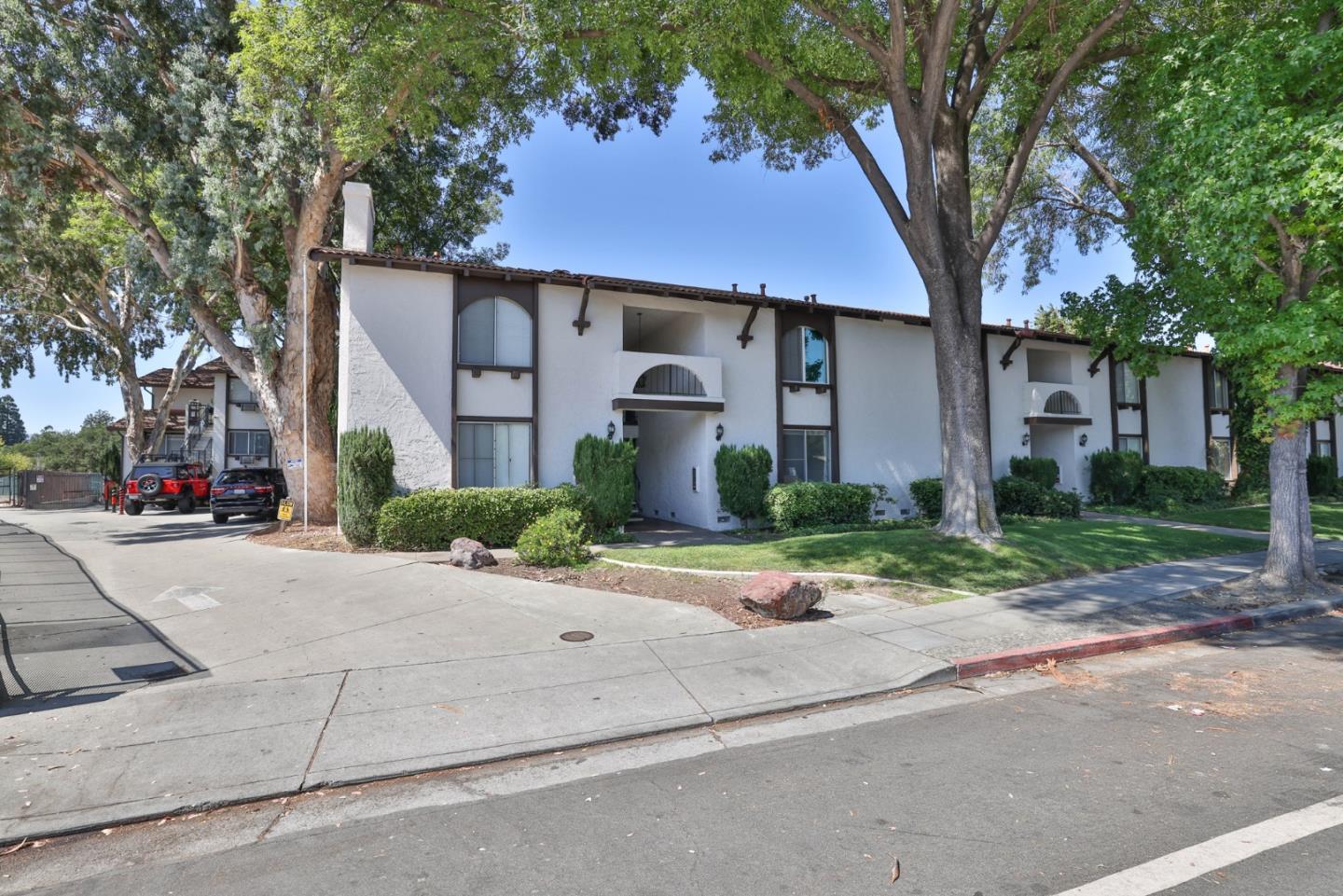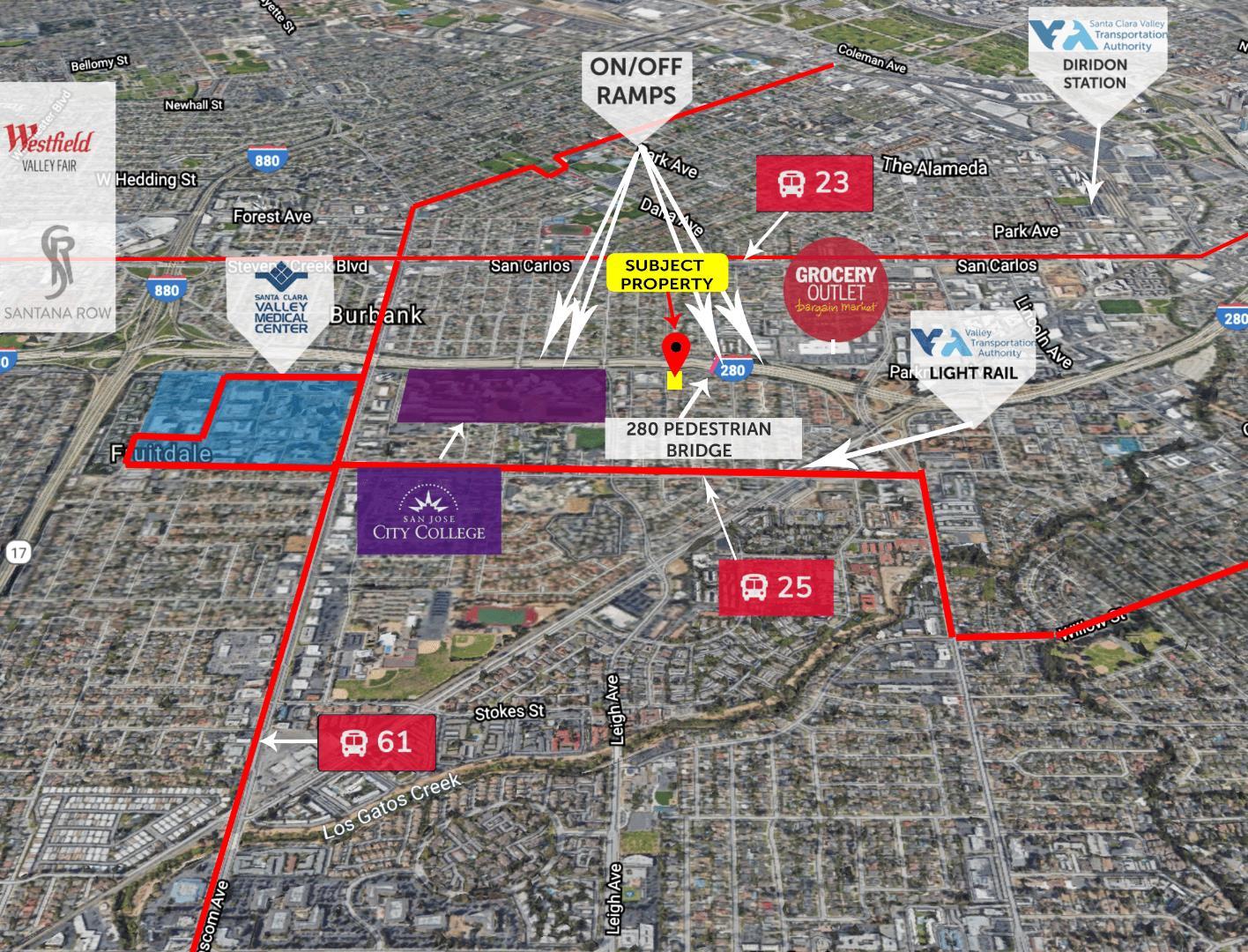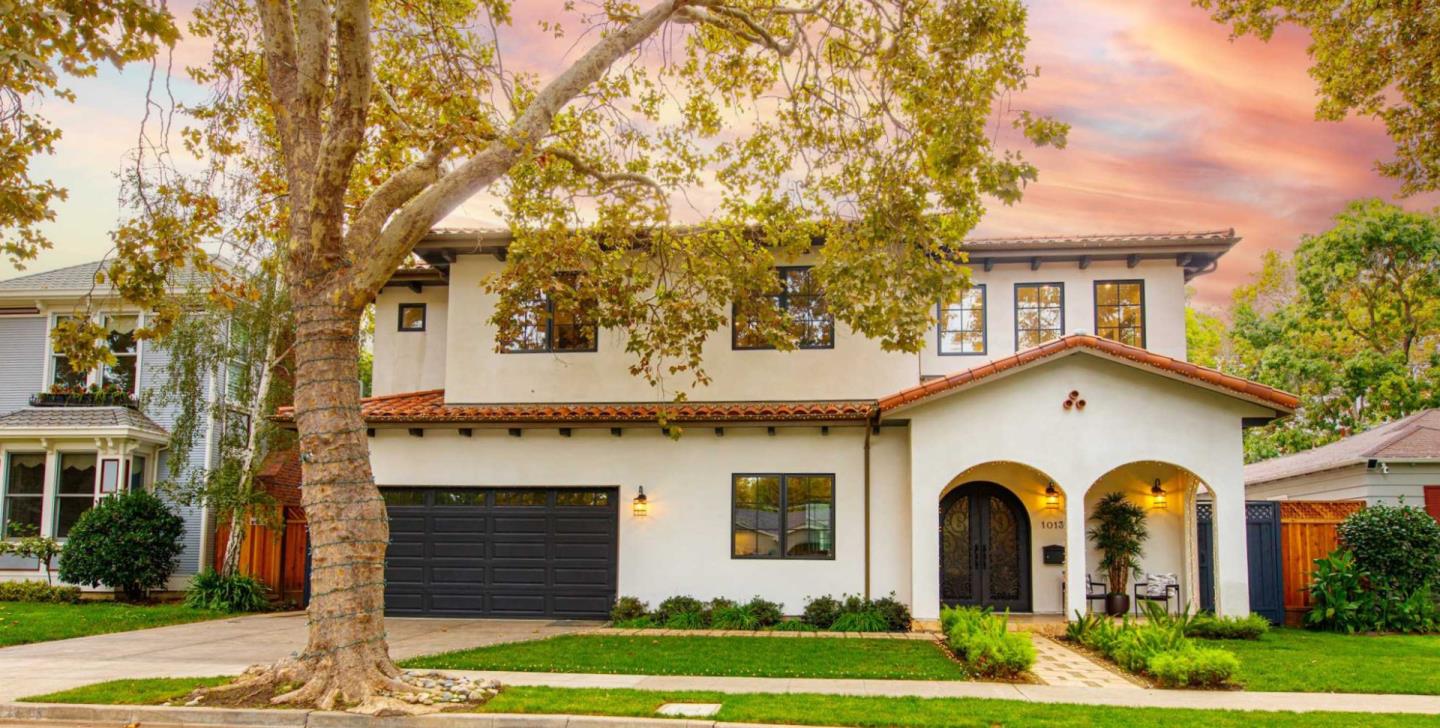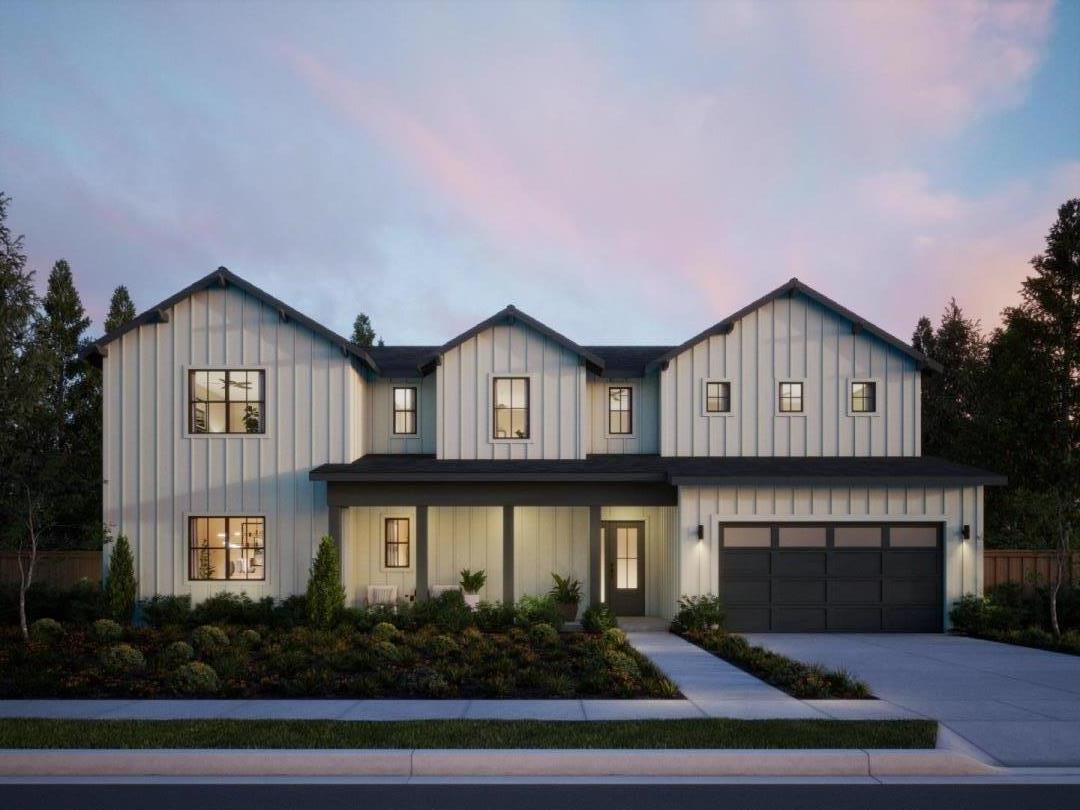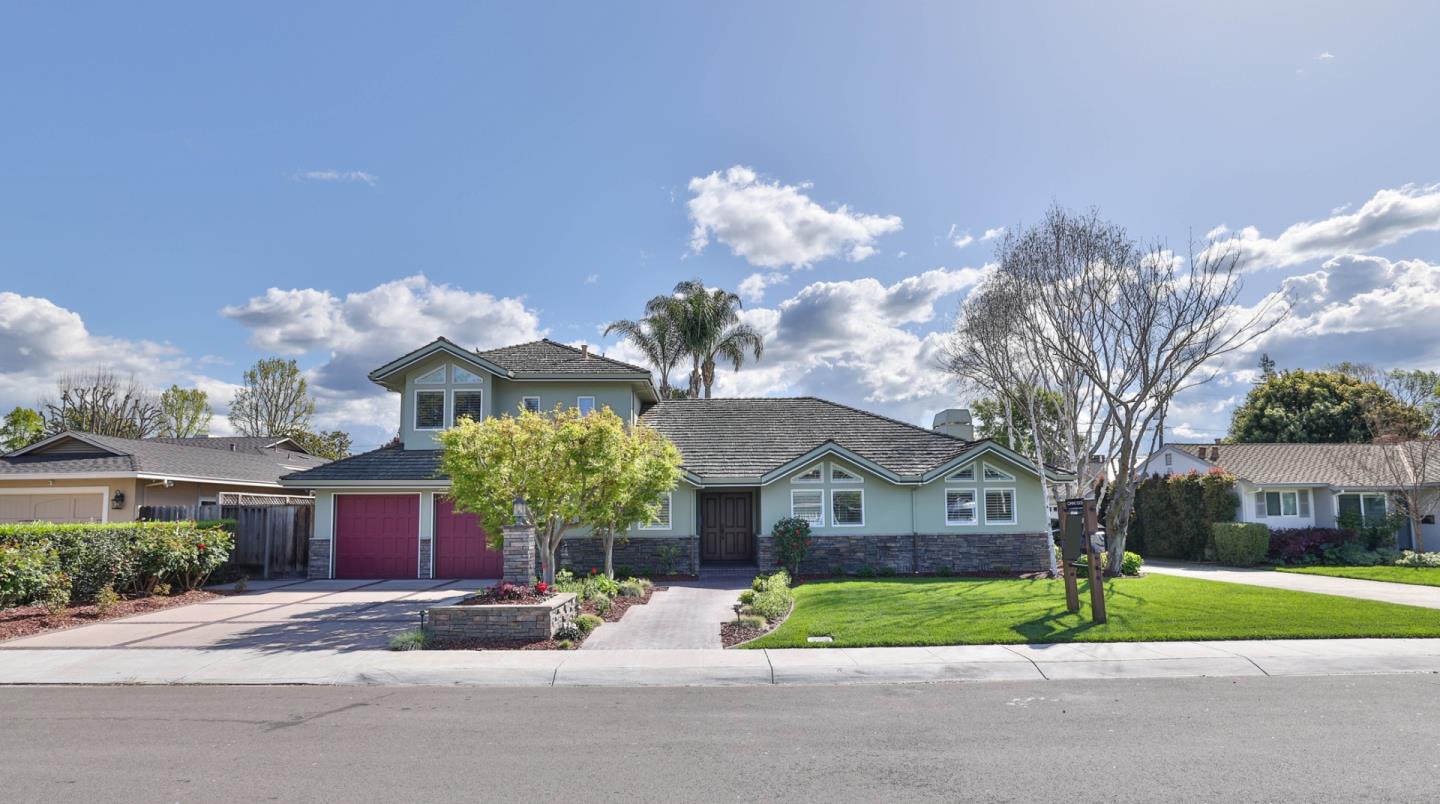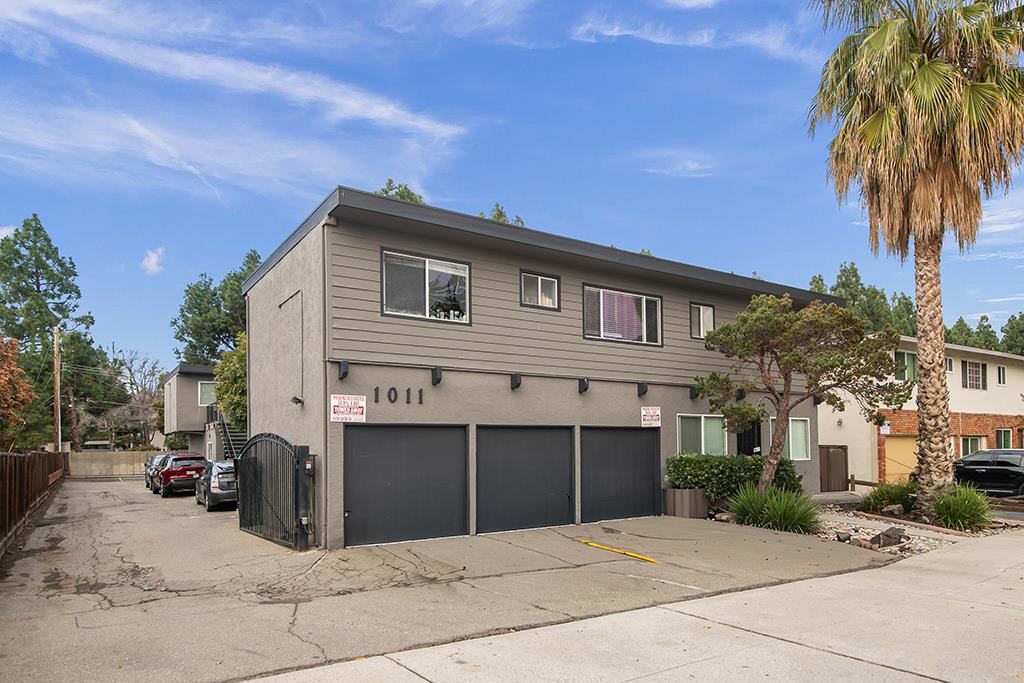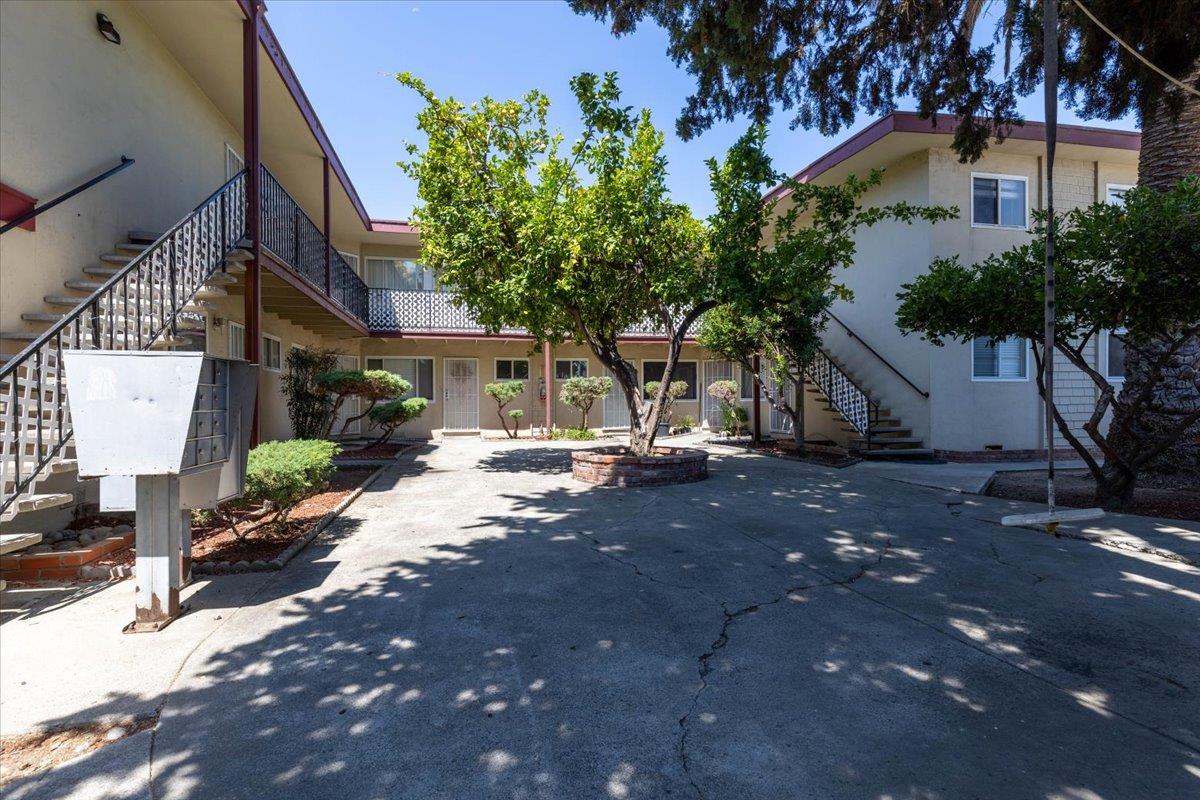San Mateo, located in the heart of the San Francisco Peninsula, is a vibrant city known for its diverse neighborhoods, excellent schools, and rich cultural heritage. With a population of around 105,000 and a median household income exceeding $110,000, San Mateo offers a blend of suburban comfort and urban amenities.
The city is home to a variety of parks and recreational facilities, including the popular Central Park, which features a Japanese Tea Garden, playgrounds, and sports facilities. The Coyote Point Recreation Area offers waterfront trails, a marina, and the CuriOdyssey science museum.
San Mateo's downtown area is a bustling hub of activity, offering an array of shops, restaurants, and entertainment options. The Hillsdale Shopping Center is a major retail destination, and the city hosts numerous events such as the San Mateo County Fair and the annual Wine Walk.
Education is a priority in San Mateo, with the city served by several top-rated school districts, including the San Mateo-Foster City School District and the San Mateo Union High School District. The city also boasts a number of private schools and is home to the College of San Mateo, providing excellent educational opportunities from elementary to higher education.
San Mateo's convenient location offers easy access to major highways and public transportation, including Caltrain, making it an ideal place for commuters. The city is a short drive from major tech hubs like Silicon Valley and San Francisco, providing residents with ample career opportunities.
In summary, San Mateo combines a high quality of life, diverse recreational options, excellent schools, and a strategic location, making it a desirable place to live for families and professionals.

